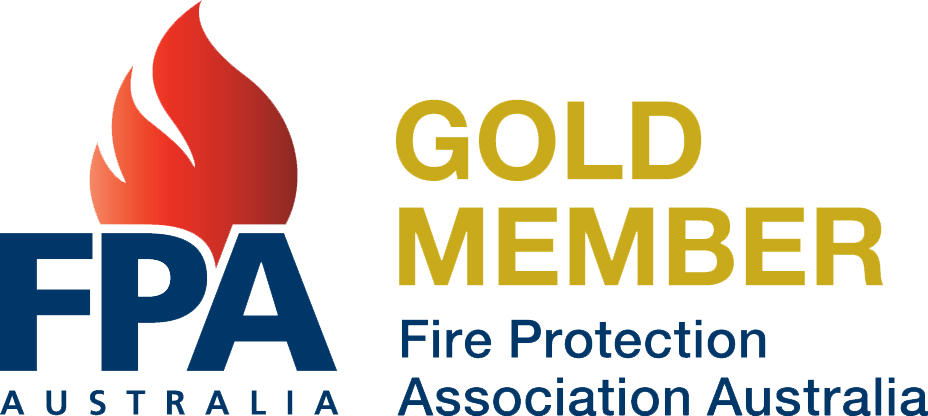Fire safety is a critical aspect of building design and management, and adhering to established guidelines and standards is essential to ensure the safety of occupants and property. In Australia, the Australian Standards serve as a fundamental framework for fire safety measures. Among the vital components of fire safety, the installation and maintenance of sprinkler systems play a pivotal role, in ensuring effective fire suppression and protection.
Adherence to Australian Standards is paramount when it comes to fire safety systems. Australian Standard AS 2118.1-2017 provides comprehensive guidelines regarding the design, installation, and maintenance of sprinkler systems in various types of buildings. Compliance with these standards ensures that sprinkler systems are designed and installed to meet the highest safety requirements, significantly reducing the risk of fire-related incidents.
An essential aspect of a well-functioning sprinkler system is its integration with a fire detection panel. The fire detection panel serves as the control center, monitoring the building for signs of fire through smoke detectors, heat detectors, or other sensors. When a fire is detected, the fire detection panel triggers the sprinkler system to activate, delivering water to suppress the fire and prevent its spread.
This integration ensures a rapid and automated response to fire incidents, increasing the effectiveness of sprinkler systems in mitigating the impact of a fire and protecting lives and property.
The Annual Fire Safety Statement (AFSS) is a vital requirement in Australia, ensuring that the essential fire safety measures, including sprinkler systems, are maintained and functioning correctly. Property owners are required to submit an AFSS annually, confirming that all fire safety measures in the building, including sprinkler systems, have been adequately maintained and are in compliance with the applicable standards.
In conjunction with sprinkler systems, having a well-defined evacuation plan is critical for ensuring the safety of building occupants. An evacuation plan outlines specific procedures and escape routes to be followed in the event of a fire or other emergencies. It complements the functionality of sprinkler systems by guiding individuals to safety in an orderly and efficient manner.
Regular testing and maintenance of fire sprinkler systems are essential to ensure their proper functionality in case of a fire. Australian Standards recommend routine inspections, typically performed by qualified technicians, to verify that the system meets the prescribed performance standards.
The frequency of inspections and tests may vary based on the type of building, its occupancy, and the specific requirements outlined in Australian Standards. However, a common practice is to conduct tests monthly, 6 monthly, and annually, focusing on critical components like the control valve, pressure gauges, and alarm systems.
Testing includes verifying the operational integrity of the sprinkler heads, checking water pressure and flow rates, inspecting alarm systems, and ensuring that the control valves function correctly. In addition, periodic full-scale flow tests may be conducted to evaluate the system’s overall performance.
In conclusion, adherence to Australian Standards and the proper integration of sprinkler systems into a building’s fire safety infrastructure are essential steps toward ensuring optimal fire safety. Integration with fire detection panels, submission of the Annual Fire Safety Statement, and the presence of a well-detailed evacuation plan all contribute to enhancing fire safety and protecting lives and property in the event of a fire.


